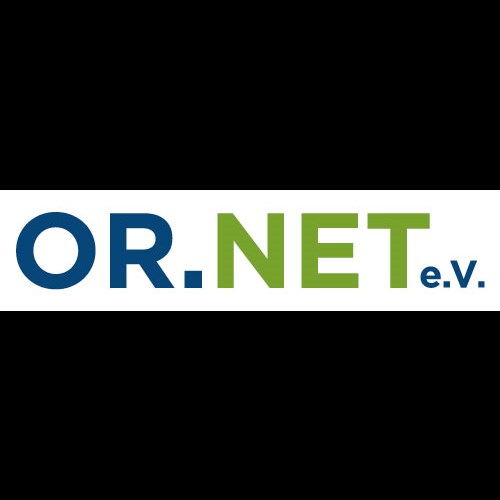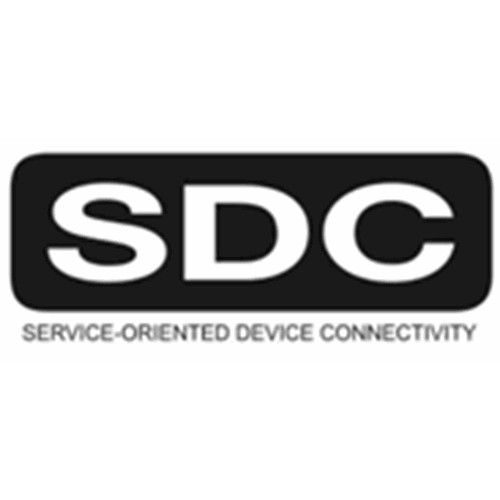Country selector

Corporate
Country Selector: Corporate

SDC, which is founded on the ISO/IEEE 11073 family of standards, serves as an open protocol designed for medical device interoperability. It facilitates secure, reliable, and two-way communication between devices and hospital IT systems, thereby supporting the development of advanced clinical applications and enhancing workflow in high-acuity settings such as intensive care units.
SDC utilizes a web services-based architecture to facilitate interoperability between point-of-care medical devices from multiple manufacturers and enable data exchange efficiently, promoting integrated solutions such as alarm management and improved patient outcomes, with HL7-compatible hospital and clinical information systems.
Ascom is among the initial companies to implement the ISO/IEEE 11073 SDC standard for manufacturer-independent networking of medical devices and continue to invest in this technology with the aim of expanding clinical applications within a standardized and open ecosystem.
The SDC standard was conceptualized and developed by OR.NET, a non-profit organization that unites industry specialists, clinicians, and researchers and of which Ascom is a proud member.
Enhancing the accessibility of clinical information at the point of care facilitates improved clinical outcomes and streamlines workflow efficiency. Clinicians are now able to view comprehensive data sets consolidated from interoperable sources, supporting informed decision-making during critical treatment scenarios. Additionally, greater control over point-of-care devices contributes to more efficient clinical workflows by seamlessly connecting disparate data sources with patient care.
SDC supports informed decisions by making reliable, standardized medical data available when and where it matters most for patient care. Medical-grade metrics provide accurate, consistent measurements to ensure safe and effective healthcare.
By connecting more point-of-care devices within a secure network, SDC contributes to improved safeguarding of hospital assets and patient information, reducing the risks of misuse and theft.
SDC streamlines both clinical and administrative workflows by minimizing the complexity and expense associated with device and system integration. Utilizing a standardized network interface decreases reliance on costly, custom integration projects and clarifies risk management. Furthermore, operating SDC-enabled devices and systems can reduce administrative burdens, including expenses associated with middleware, proprietary drivers, and frequent maintenance or updates.
Taking this one step further, SDC and interoperability aim to enable medical devices to communicate with each other in a highly secure manner, always with the goal of improving patient care.
Discover more about SDC

There are good reasons why many hospitals dream of smarter, silent ICUs. One, they contribute to better patient outcomes. Two, they make for better, more efficient working environments for busy caregivers. That’s why Ascom is currently part of two high-level projects co-funded by the EU—projects devoted to bringing smarter, silent ICUs closer to reality. Learn more from Paolo Burchietti of Ascom’s Global Solutions team.

